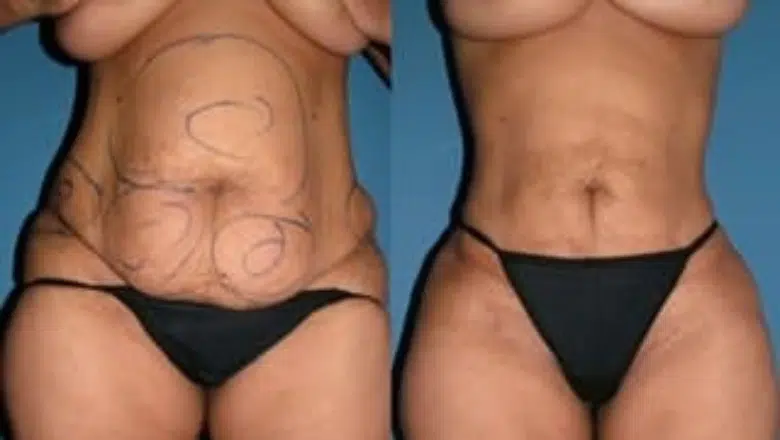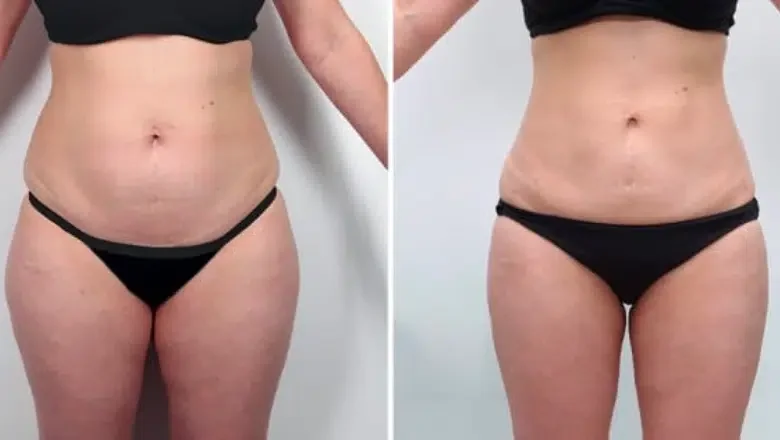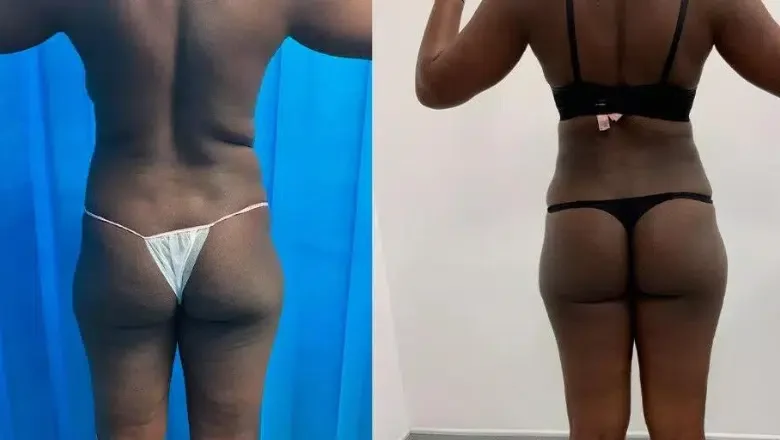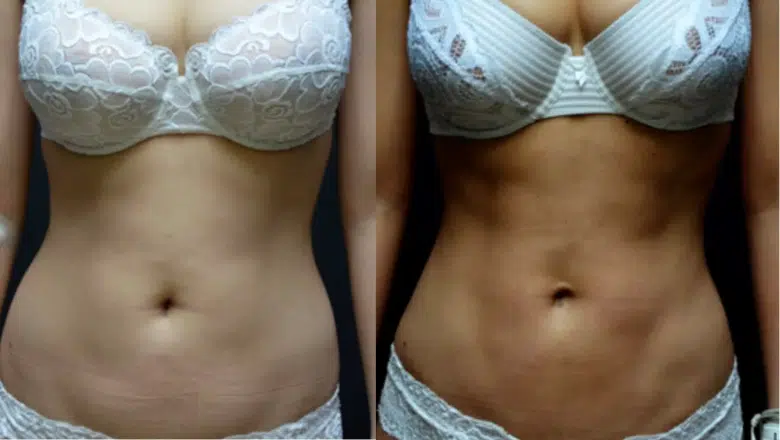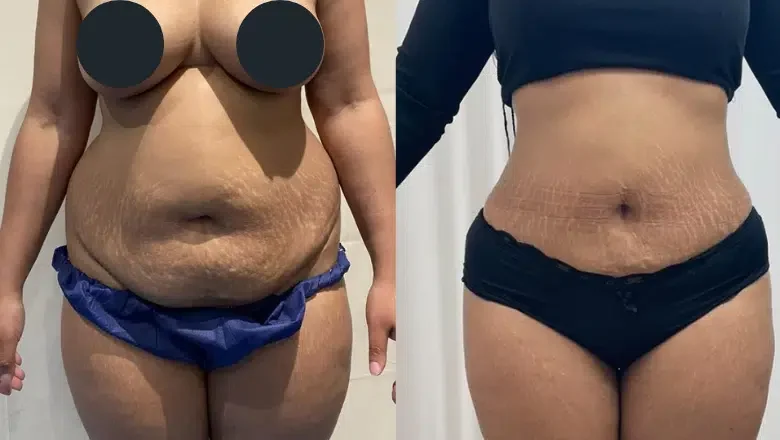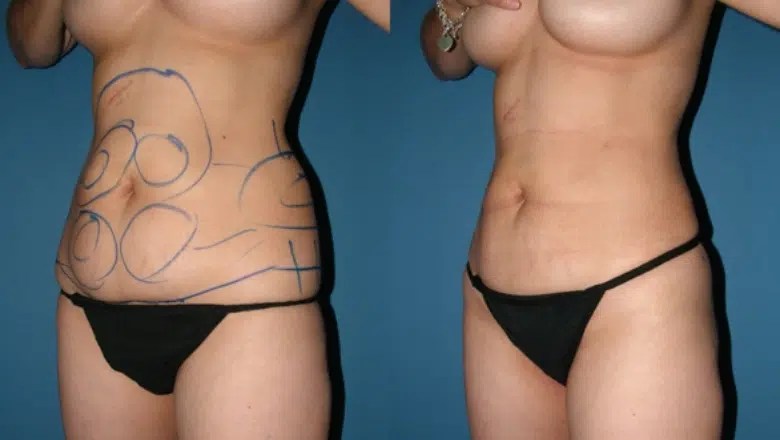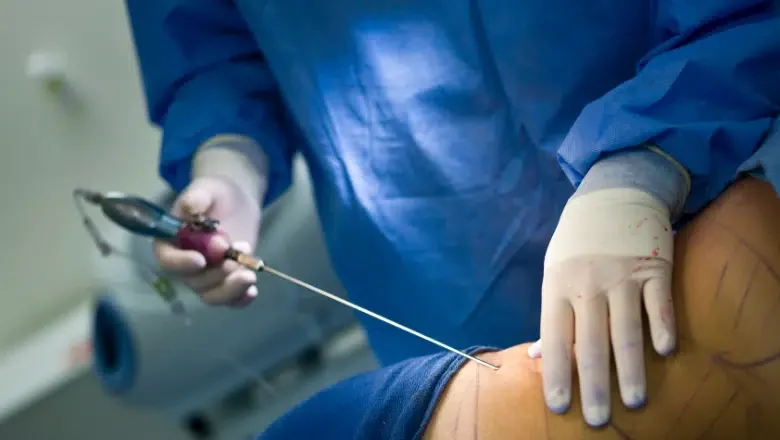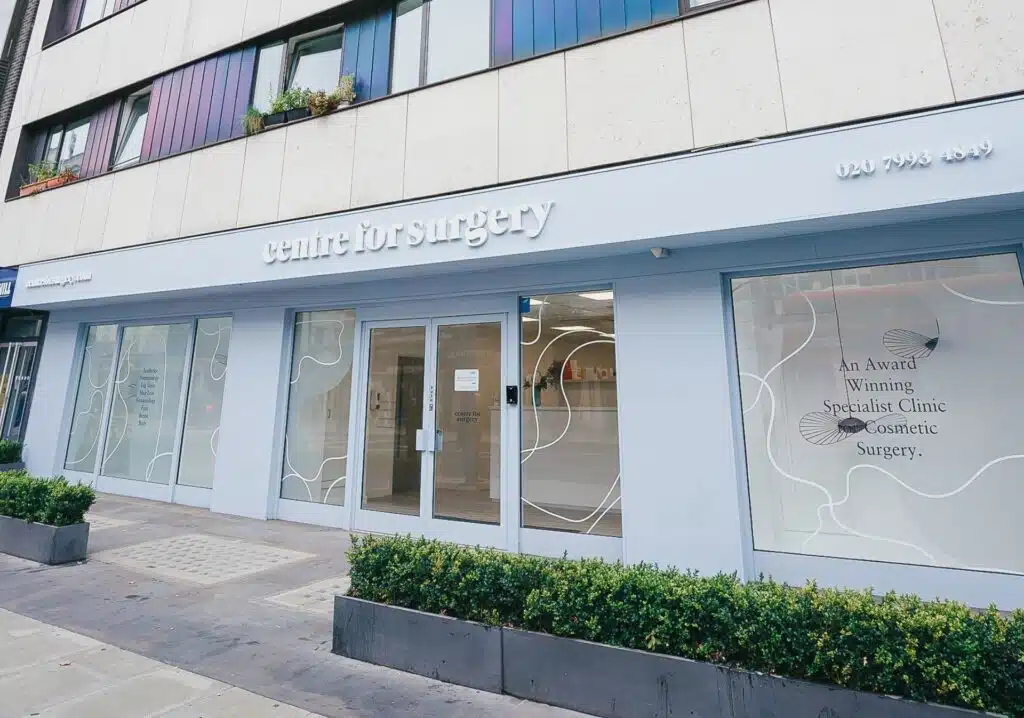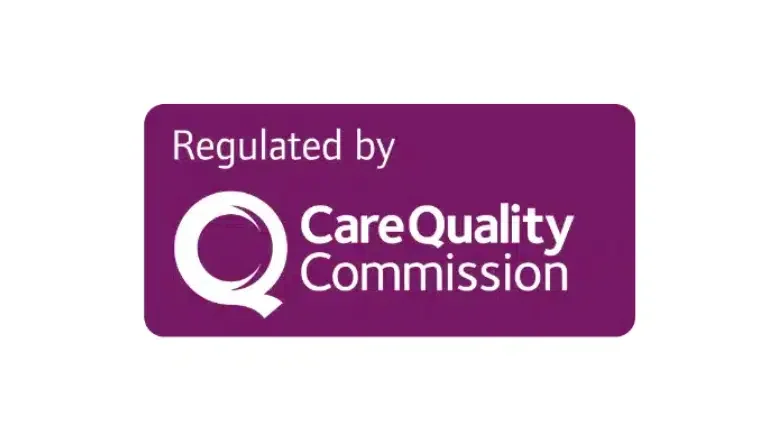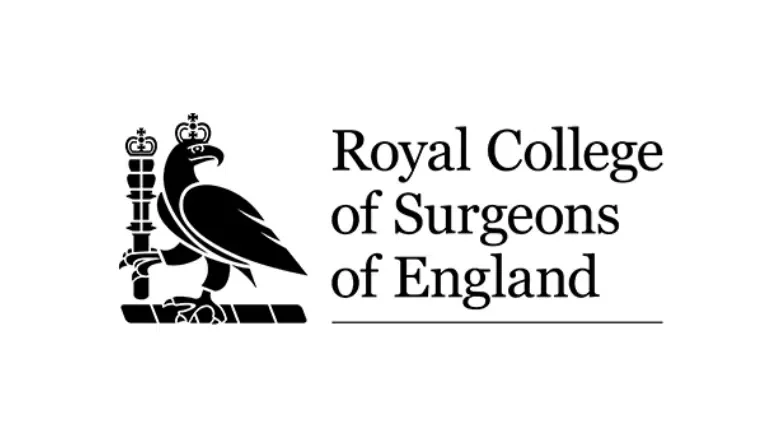Stomach Liposuction in London
Tummy or Stomach Liposuction can help you get rid of unwanted fat deposits
Stomach liposuction, also known as abdominal liposuction, is a procedure that is used to remove excess fat from the stomach area. It is performed by making small incisions in the skin, and using a cannula (a thin tube) to suction out the fat. The procedure can be done using different techniques, including traditional liposuction, tumescent liposuction, and power-assisted liposuction (PAL).
RELATED: Stomach Liposuction to get rid of stomach fat
At Centre for Surgery in London, stomach liposuction is performed by a certified plastic surgeon. The procedure is usually done under general anaesthesia, but in some cases, local anaesthesia may be used. The procedure typically takes 1-2 hours to complete, and patients can go home the same day.
RELATED: Liposuction FAQs – Q&As about Liposuction Surgery
After the procedure, patients may experience swelling, bruising, and some discomfort. These side effects usually subside within a few days to a week. The results of the procedure are usually visible within a few weeks, and the final results may take several months to be fully visible.
Liposuction is not a weight loss surgery. It is a body contouring procedure that can help remove stubborn fat that doesn’t respond to diet and exercise. It’s also important to have realistic expectations about the procedure’s results and to maintain a healthy lifestyle to sustain the results in the long term.
We recommend consulting with a specialist plastic surgeon at Centre for Surgery in London who has experience in liposuction to discuss your goals, any risks, and alternative options.
What is Abdominal Liposuction (Tummy Lipo)?
Abdominal liposuction, also known as tummy lipo, is a cosmetic surgery procedure that involves the removal of excess fat from the abdominal area. The procedure is typically performed on individuals who have excess fat in their abdominal area that is resistant to diet and exercise and who wish to achieve a more defined and contoured stomach.
The procedure is performed under general anaesthesia and typically takes between one and three hours, depending on the amount of fat that needs to be removed. During the belly lipo procedure, small incisions are made in the abdominal area, and a thin tube (cannula) is inserted through the incisions to suction out the excess fat.
The procedure is considered relatively safe, but it is associated with some risks. Some of the most common risks include bleeding, infection, and scarring. Additionally, there is a risk of damage to the surrounding organs or nerves, which can result in numbness, pain, or weakness in the area.
After the procedure, patients will typically need to wear a compression garment for several weeks to help reduce swelling and to support the healing process. Additionally, patients will need to avoid strenuous activity and heavy lifting for several weeks to allow the body to heal correctly.
RELATED: How to get rid of belly fat
Stomach Liposuction Before & After Photos
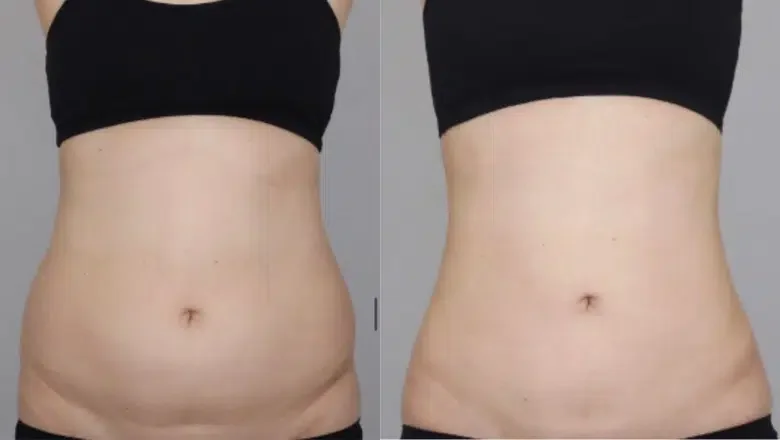
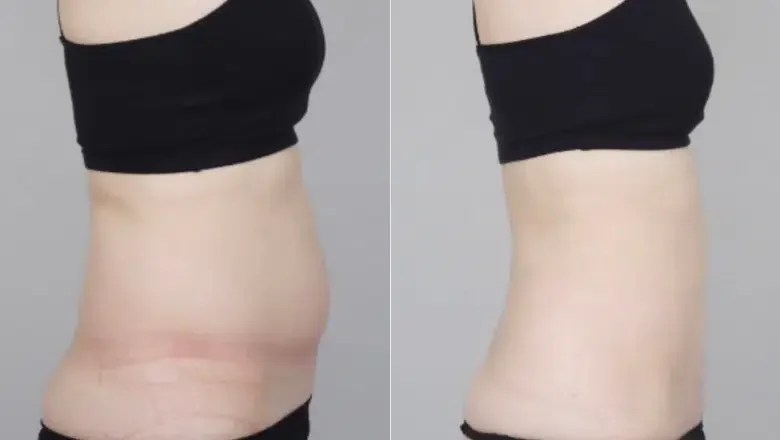
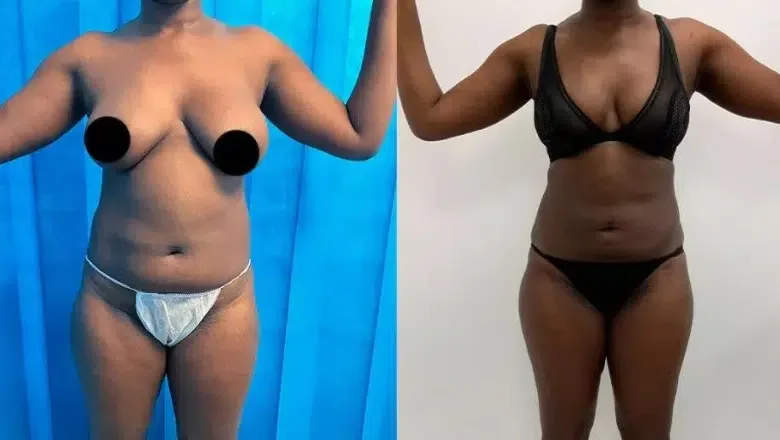
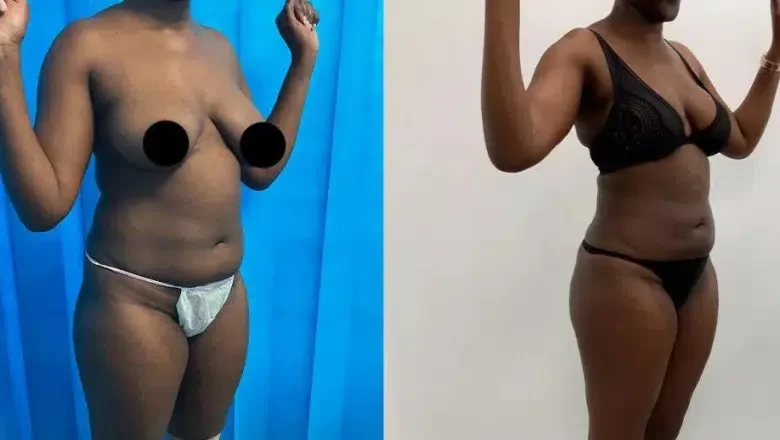
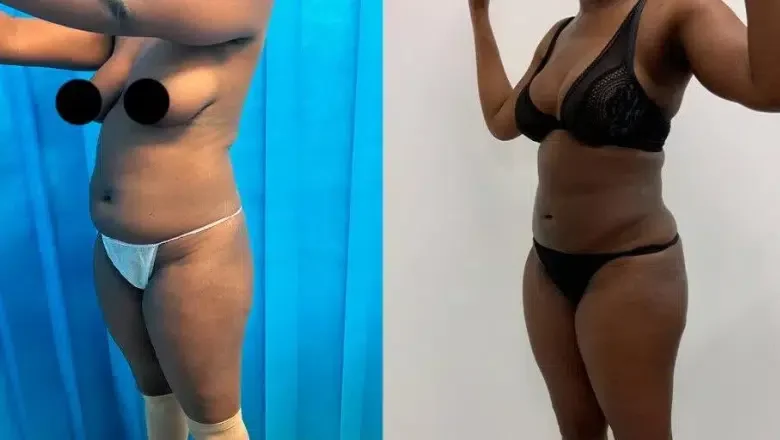
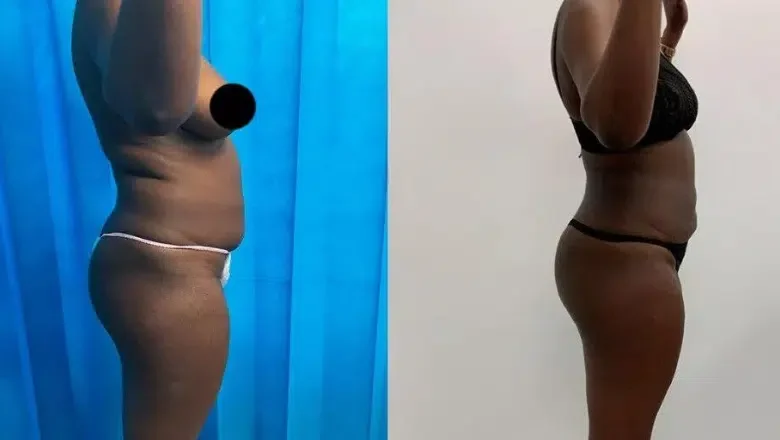
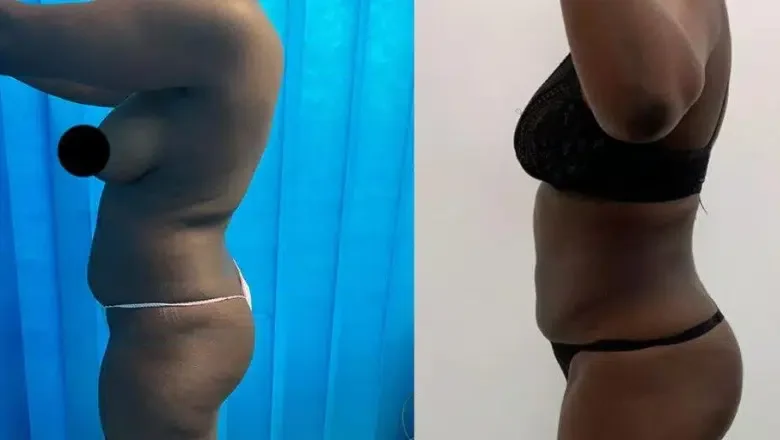

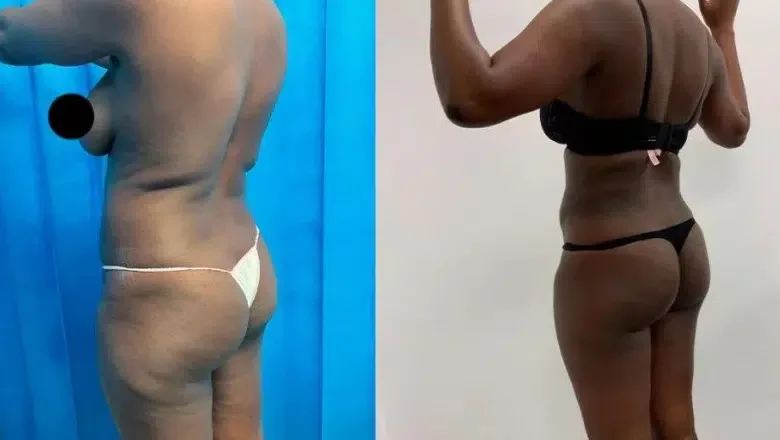


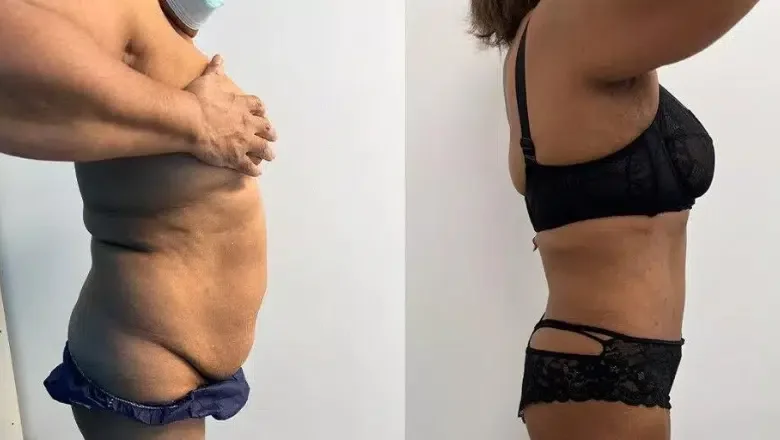

Benefits of Abdominal Liposuction
Abdominal liposuction can offer several benefits for individuals in the UK. Some of the main benefits include:
Improved body contour
Liposuction can remove excess fat from the abdominal area, creating a more sculpted and defined appearance.
Increased self-confidence
Many people report feeling more confident and self-assured after liposuction, as they are happier with their appearance.
Better-fitting clothing
Liposuction can help people fit into clothes more comfortably, as excess fat in the abdominal area can cause tightness and discomfort.
Long-lasting results
Liposuction results are typically long-lasting, provided the individual maintains a healthy diet and regular exercise routine.
Minimally invasive
The abdominal liposuction procedure is minimally invasive, meaning it is less invasive than traditional surgical procedures and typically has a shorter recovery time.
Liposuction is not a weight loss solution and is not suitable for individuals who need to lose a significant amount of weight. It is typically performed on people who are near their ideal weight but have pockets of stubborn fat that are resistant to diet and exercise.
Am I suitable for Stomach Lipo?
Whether or not you are a suitable candidate for belly liposuction depends on several factors, including your overall health, skin elasticity, and the amount and location of excess fat.
Ideal candidates for stomach liposuction are typically:
In good physical health
Liposuction is a surgical procedure, and having good overall health can help reduce the risks associated with the procedure.
Near their ideal weight
Liposuction is not a weight loss solution and is typically performed on people who are near their ideal weight but have pockets of stubborn fat that are resistant to diet and exercise.
Have good skin elasticity
Good skin elasticity helps ensure that the skin can conform to the body’s new contours after the procedure.
Have realistic expectations
Liposuction is not a substitute for weight loss and cannot address issues related to loose or sagging skin.
Non-smokers
Smoking constricts the blood vessels, which can impede the healing process, so the patient needs to quit smoking before and after the procedure.
Stomach Liposuction vs Tummy Tuck
Stomach liposuction and a tummy tuck (abdominoplasty) are both procedures that aim to improve the appearance of the abdominal area, but they are distinct procedures with different goals and outcomes.
RELATED: Liposuction vs Tummy Tuck For a Flatter Stomach
Stomach liposuction, as previously explained, is a cosmetic surgery procedure that involves the removal of excess fat from the abdominal area using a cannula and suction. It is typically performed on individuals who have excess fat in the abdominal region that is resistant to diet and exercise, and who wish to achieve a more defined and contoured stomach. Liposuction can be a suitable option for individuals with good skin elasticity and a relatively small amount of fat to be removed.
Tummy tuck, on the other hand, is a more invasive procedure that involves removing excess skin and fat from the abdominal area, as well as tightening the abdominal muscles. It is typically performed on individuals who have loose or sagging skin in the abdominal area, or those who have had significant weight loss or multiple pregnancies and wish to achieve a flatter and tighter stomach.
Both procedures will require general anaesthesia and will leave some degree of scarring, but tummy tuck scarring will be more prominent. Recovery times also differ. Tummy tuck patients typically take longer to recover and may experience more pain and discomfort than those who underwent liposuction only.
How is Tummy Lipo Performed?
Abdominal liposuction is a cosmetic procedure that involves the use of a hollow stainless steel tube called a cannula to suction out excess fat from the abdominal area. The procedure is typically performed under general anaesthesia or local anaesthesia with sedation.
The surgeon will make small incisions in the skin through which the cannula is inserted. The cannula is then used to break up and suction out the fat. The incisions are closed with sutures or surgical tape.
The procedure typically takes 1-3 hours to complete, depending on the amount of fat being removed and the individual’s anatomy. Recovery time varies, but most people can return to work within one to two weeks and resume normal activities within a few weeks.
Recovery after Stomach Liposuction
Recovery after stomach liposuction can vary from person to person. However, most people can expect the following:
Swelling and bruising
Swelling and bruising are normal and can be expected for a few days to a few weeks after the procedure.
Pain and discomfort
Pain and discomfort can be expected, but it is usually mild and can be managed with over-the-counter pain medication.
Drainage
Your surgeon may place small tubes to drain excess fluid from the incision sites. These will typically be removed within a few days.
Compression garments
Your surgeon may recommend wearing compression garments to help reduce swelling and promote healing.
Activity restrictions
You should avoid strenuous activities and heavy lifting for several weeks after the procedure.
Follow-up appointments
Your surgeon will schedule follow-up appointments to monitor your progress and address any concerns.
Risks of Stomach Liposuction
Liposuction of belly fat is generally very safe when performed by a certified plastic surgeon. Like any surgical procedure, stomach liposuction carries certain risks and complications. Some of the potential risks and complications include:
Infection
As with any surgical procedure, there is a risk of infection, which can be treated with antibiotics.
Bleeding
Although rare, bleeding can occur during or after the procedure and may require additional treatment.
Numbness or tingling
Some people may experience numbness or tingling in the treated area, which is usually temporary but can be permanent in rare cases.
Asymmetry
Uneven results may occur, where one side of the stomach may look different from the other.
Skin irregularities
In some cases, the skin may be uneven or have dimples after the procedure. This can happen due to poor skin elasticity or when the fat is removed unevenly.
Fat embolism
This is a rare but serious complication that occurs when a piece of fat enters the bloodstream and becomes lodged in the lungs, blocking blood flow.
Seroma
This is a collection of fluid under the skin that can happen after liposuction.
These complications are rare, but they can occur. During your consultation, your surgeon will discuss the risks and potential complications with you and work with you to minimise these risks by providing detailed pre- and postoperative instructions.
How much does tummy liposuction cost in London?
The cost of tummy liposuction in London can vary depending on several factors, including the surgeon’s fee, the type of anaesthesia used, and the facility where the procedure is performed.
On average, the cost of tummy liposuction in London ranges from £3500 to £6,000. However, it’s important to note that these are approximate estimates, and the final cost will depend on the specific circumstances of the individual case, the surgeon’s experience and reputation, as well as the clinic’s location.
The cost of the procedure should not be the only factor to consider when choosing a surgeon. Selecting a qualified and certified surgeon with experience in liposuction and a good reputation is essential.
Can stomach liposuction be combined with other procedures?
Yes, stomach liposuction can be combined with other procedures. Some procedures that are often combined with stomach liposuction include:
Tummy tuck (abdominoplasty)
Tummy tuck surgery tightens the abdominal muscles and removes excess skin for a flatter, more toned appearance.
Mummy makeover
A mummy makeover typically combines a tummy tuck with other procedures, such as breast augmentation or lift, to help women regain their pre-pregnancy bodies.
Breast surgery
Liposuction of the stomach area can be combined with breast surgery, such as breast augmentation or breast reduction, to create a more proportionate body shape.
Body lift
A body lift is a surgical procedure that removes excess skin and tightens the skin on multiple areas of the body, including the thighs, buttocks, and upper arms.
Brazilian Butt Lift (BBL)
Liposuction is often used to harvest fat for the BBL procedure, which involves transferring the harvested fat to the buttocks area to enhance its shape and size.
Tummy Liposuction in London: Discover Excellence at Centre for Surgery
FAQs
-
Can tummy lipo remove belly fat?Liposuction is a surgical procedure that removes excess fat from specific body areas, including the belly area. The procedure involves the use of a hollow stainless steel tube called a cannula, which is inserted through small incisions in the skin. The cannula is used to break up and suction out the fat. The procedure is typically performed under general anaesthesia or local anaesthesia with sedation. Liposuction is not a weight loss solution and is typically performed on people who are near their ideal weight but have pockets of stubborn fat that are resistant to diet and exercise. It's important to note that liposuction results are not immediate. It may take several months for the final results to be visible as the swelling goes down.
-
Can tummy liposuction get rid of belly fat?Liposuction can remove fat from the belly area to achieve a flatter and tighter look, but it is not a method for weight loss or for treating obesity. It is best suited for individuals who have isolated pockets of fat that are resistant to diet and exercise.
-
What is a 360 Lipo?360 Lipo, also known as 360-degree liposuction or circumferential liposuction, is a comprehensive body contouring procedure that targets multiple areas of the body in a single session. The term "360" refers to the treatment of the entire midsection, including the front, sides, and back, providing a more balanced and sculpted appearance.
This advanced liposuction technique typically addresses excess fat in areas such as the abdomen, flanks (love handles), lower back, and sometimes the upper back, depending on the patient's specific needs and goals. By treating the entire midsection, 360 Lipo helps to create a more proportionate and harmonious body shape, accentuating the natural curves of the waist and hips.
360 Lipo is often performed using various liposuction techniques, such as traditional, tumescent, ultrasound-assisted, or laser-assisted liposuction, depending on the surgeon's preference and the patient's individual requirements.
It is essential to note that 360 Lipo is not a weight-loss procedure but rather a body contouring treatment designed to remove stubborn fat deposits that have been resistant to diet and exercise. To maintain the results of 360 Lipo, patients should commit to a healthy lifestyle, including a balanced diet and regular physical activity. -
Can belly fat come back after lipo?As long as individuals maintain a healthy lifestyle, the results of liposuction are permanent. Fat can return to the area where liposuction was performed if the person gains weight or does not maintain a healthy lifestyle. Liposuction is not a weight loss solution, it is a body contouring procedure, and it can only remove a limited amount of fat. Individuals need to maintain a healthy diet and exercise regimen to help maintain their results.
-
How long does stomach lipo last?The results of stomach liposuction can be long-lasting, provided that the patient maintains a stable weight and follows a healthy lifestyle. Liposuction permanently removes fat cells from the treated area, but it does not prevent the remaining fat cells from expanding if the patient gains weight. Therefore, to maintain the results of stomach liposuction, it is crucial to adhere to a balanced diet and engage in regular physical activity. With proper care and a commitment to maintaining a healthy weight, the results of stomach liposuction can last for many years.
-
How much weight can you lose with abdominal liposuction?Typically, liposuction can remove between 3 to 5 litres of fat, which is equivalent to about 6 to 11 pounds. It's important to note that liposuction is not a substitute for weight loss through diet and exercise and is intended to address specific areas of the body, such as the abdomen, that are resistant to those methods. The amount of weight loss will depend on the amount of fat that is removed and the individual's starting weight.
-
Does stomach lipo leave scars?Liposuction, including stomach liposuction, does leave scars. However, these scars are usually small and well-hidden. The liposuction incisions are typically made in an inconspicuous area, such as the belly button or within natural skin creases. They are usually less than a centimetre in length. Scars also tend to fade over time and become less noticeable. It's important to note that everyone's body will heal differently, and some may be more prone to scarring than others. Hence, it is best to talk to your surgeon about the possibility of scarring and what you can expect after the procedure.
-
Will I get loose skin after tummy lipo?It is possible to have loose skin after tummy liposuction, especially if the person has a significant amount of weight loss or loose skin before the procedure. Liposuction only removes the fat under the skin. It can't tighten the skin. The skin's elasticity will play a big role in how it will look after the procedure, as well as the amount of fat removed. If the skin has good elasticity, it will likely contract and mould to the new contours of the body after the fat is removed. If you have loose skin and/or poor skin elasticity, it may not retract, resulting in loose skin.
It's important to have realistic expectations and discuss with your surgeon about the possibility of loose skin and what can be done to minimise it. Some surgeons may recommend a combination of liposuction and skin tightening procedures, such as a tummy tuck, to address any loose skin concerns. -
Will pregnancy ruin my liposuction results?Pregnancy can potentially impact the results of liposuction, but the extent to which it does so varies from individual to individual. During pregnancy, your body undergoes several changes, including weight gain and hormonal fluctuations, which can lead to fat accumulation and altered body contours.
While liposuction permanently removes fat cells from the treated areas, the remaining fat cells can still expand during pregnancy, causing changes in your body shape. However, this does not necessarily mean that your liposuction results will be entirely "ruined."
After giving birth and losing pregnancy weight, many women find that their liposuction results are still relatively well-maintained, although some changes may be present. It is important to follow a healthy lifestyle, including a balanced diet and regular exercise, to help maintain the results of liposuction after pregnancy.


